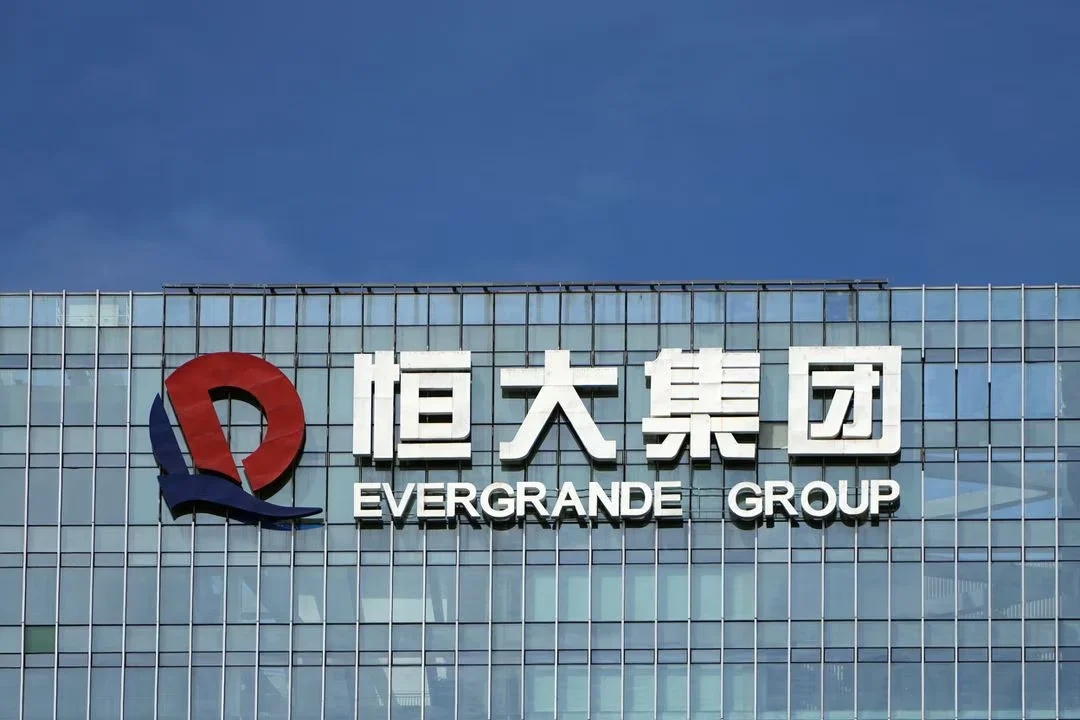Amid the unfolding real estate crisis in China, property giant Evergrande has taken a significant step by filing for bankruptcy protection in the United States. This move is aimed at safeguarding its assets on US soil as it grapples with extensive debts and works to strike a deal with its creditors. The repercussions of Evergrande’s financial woes have reverberated globally, casting a shadow over the stability of the world’s second-largest economy.
Having already defaulted on its towering debts in 2021, Evergrande’s financial troubles sent shockwaves through international financial markets, exacerbating concerns about the health of the global economy.
In an effort to stabilize its precarious financial situation, China Evergrande Group has turned to Chapter 15 bankruptcy protection, which was filed in a New York court. This legal step is designed to shield the company’s assets in the US while the corporation undertakes the complex process of restructuring its debts, marking a crucial phase in its journey toward recovery.
Evergrande’s influence reaches far and wide in China’s real estate landscape. With an impressive portfolio boasting over 1,300 projects spread across more than 280 cities, the conglomerate has been a significant player in shaping the country’s urban development.
However, the company’s interests extend beyond real estate. It encompasses ventures such as electric vehicle manufacturing and ownership of a football club, reflecting its diversified footprint in various sectors.
With debts surpassing a staggering $300 billion, Evergrande held the dubious distinction of being the world’s most indebted property developer. Suspension of its shares from trading since the previous year further underscored the gravity of its financial predicament.
In recent times, Evergrande has been engaged in negotiations with creditors in a bid to chart a path toward debt restructuring. The decision to file for bankruptcy protection in the US forms part of this strategic endeavor, offering a structured approach to address its financial quandary.
Evergrande’s troubles mirror the broader challenges facing China’s real estate sector. Several major players are grappling with funding shortages, creating a ripple effect that resonates throughout the economy. The completion of these stalled projects is pivotal not only for the companies involved but also for maintaining the flow of financing and bolstering overall economic stability.
These concerns are set against the backdrop of China’s wider economic landscape. Recent data revealed that China’s economy slipped into deflation, with consumer prices declining for the first time in over two years in July. This economic downturn has reverberations on a global scale, impacting both imports and exports.
In an unexpected move, China’s central bank opted to reduce key interest rates for the second time in three months. This step is part of a broader effort to stimulate economic activity and mitigate the repercussions of the ongoing challenges.
Evergrande’s decision to seek refuge in US bankruptcy protection is a pivotal moment in the unfolding real estate crisis in China. With its extensive portfolio and diverse interests, Evergrande’s struggles are emblematic of the broader issues facing the Chinese economy. As the saga continues, the world watches to see how this chapter unfolds and its implications on both domestic and international financial landscapes.




